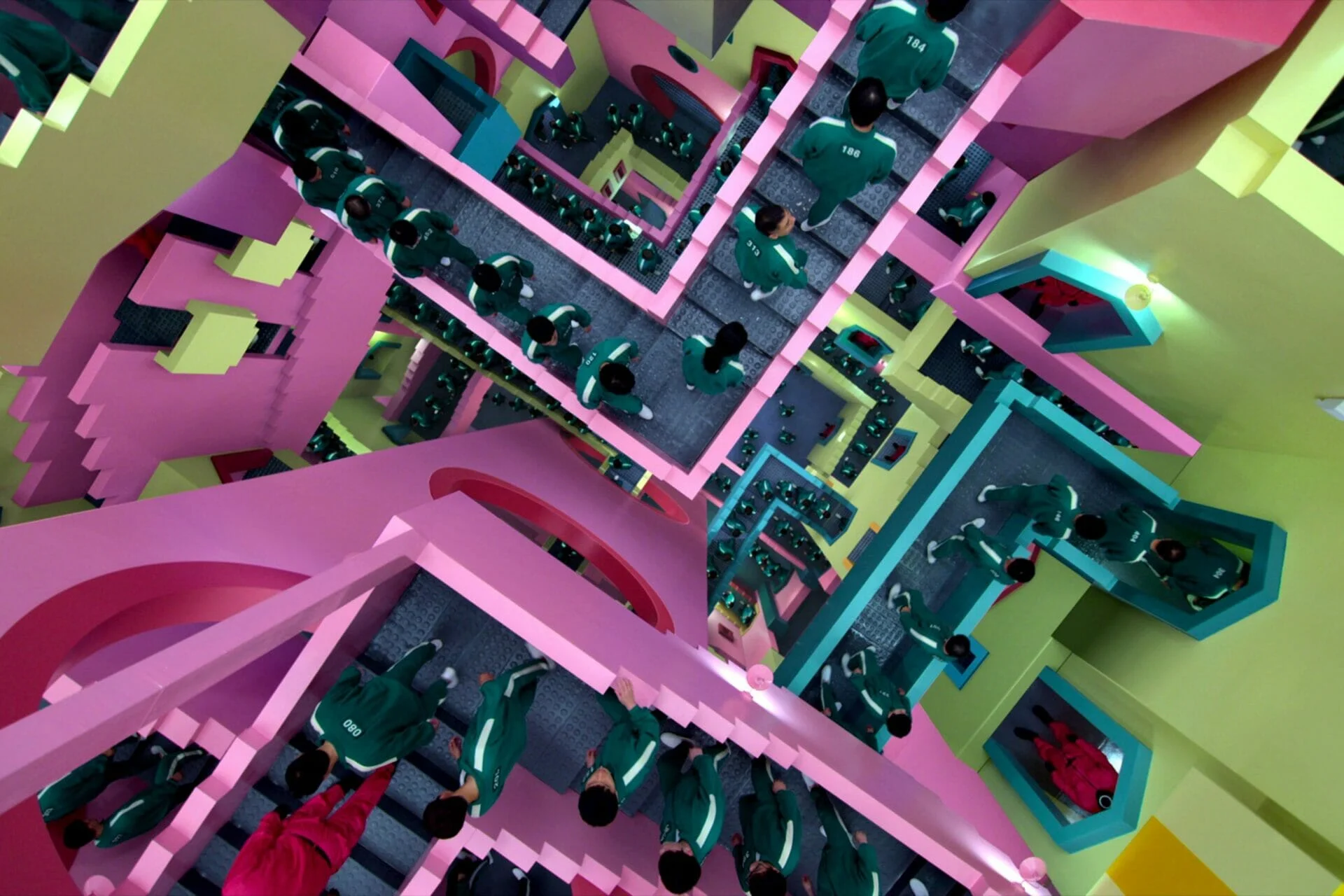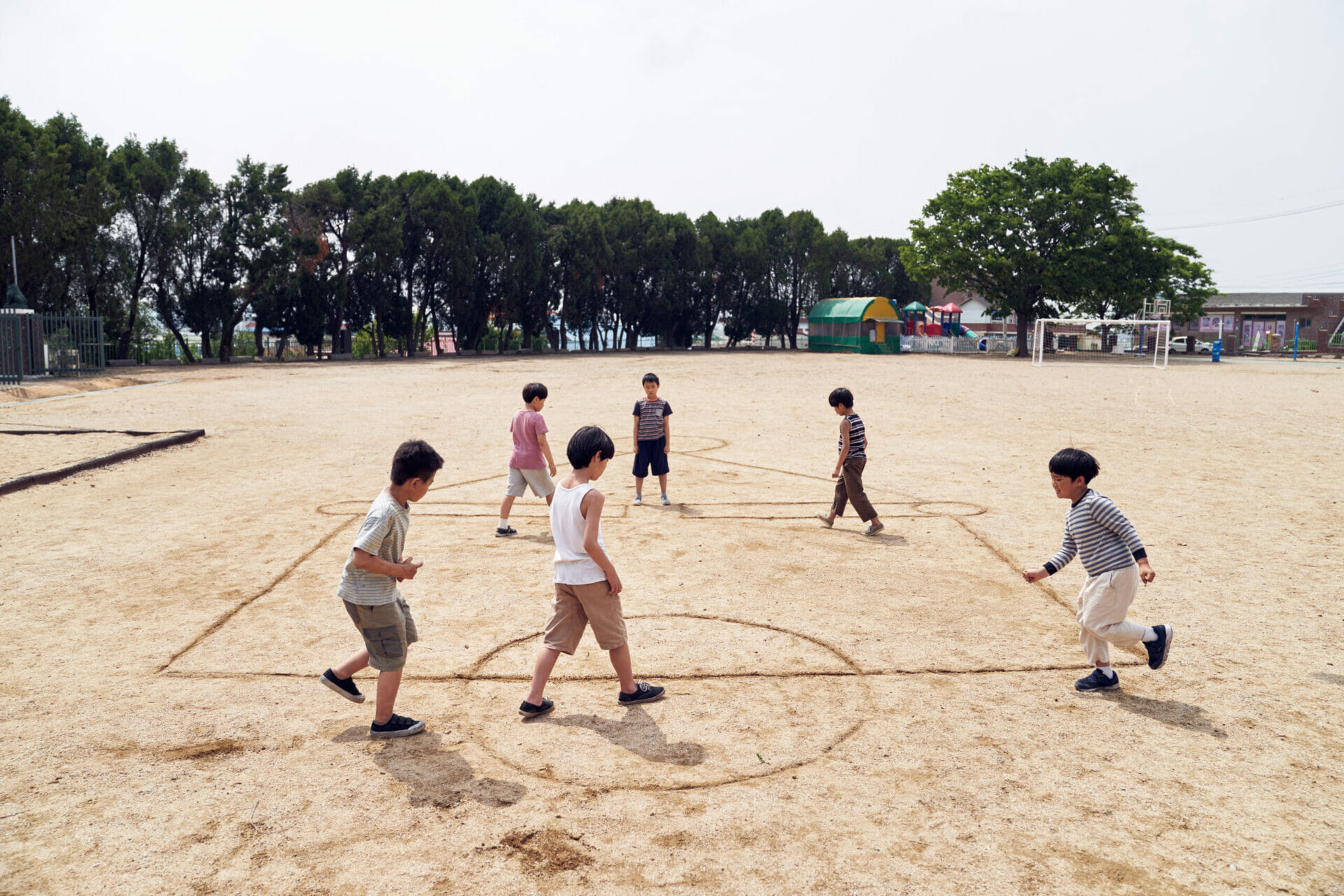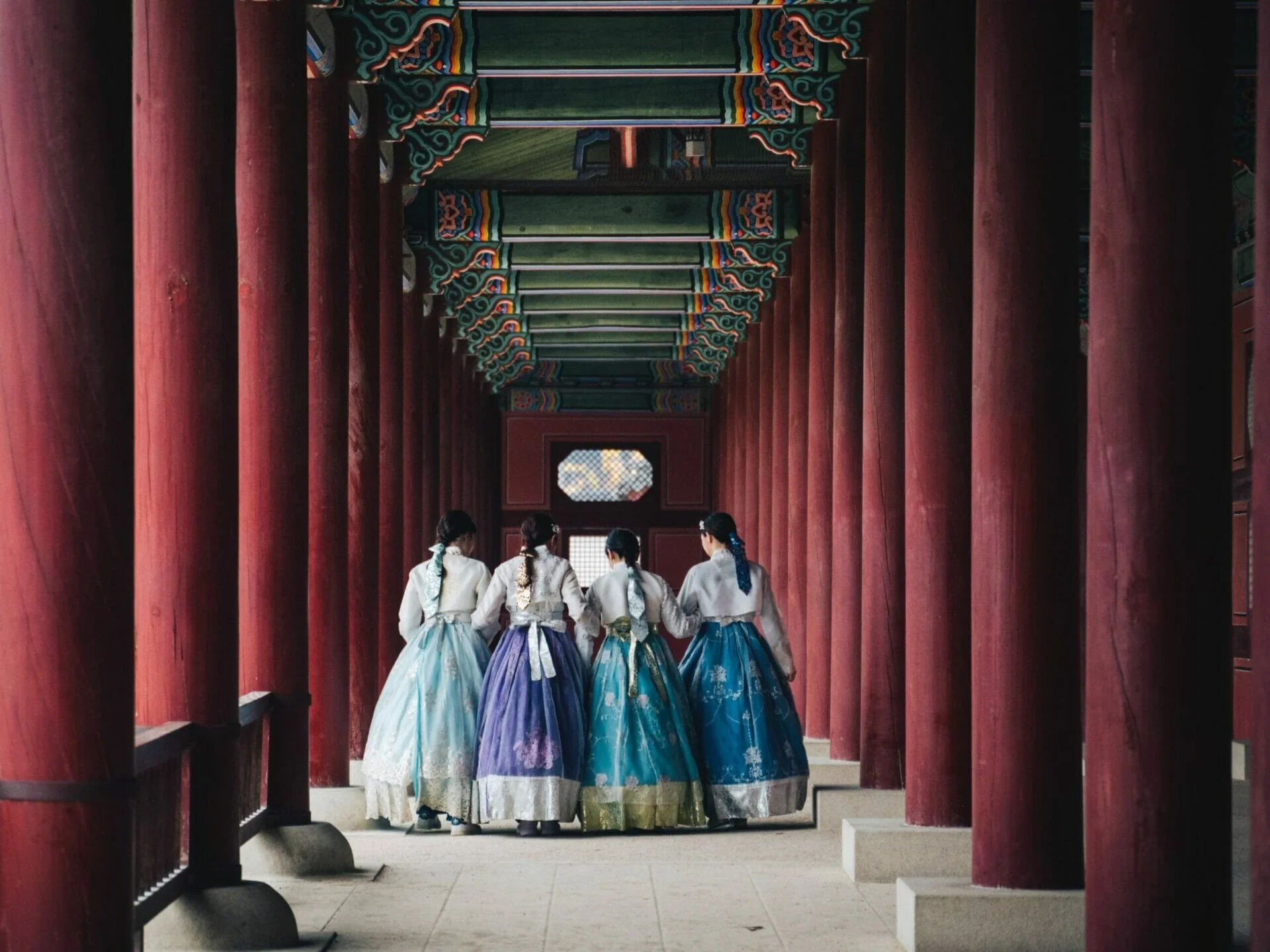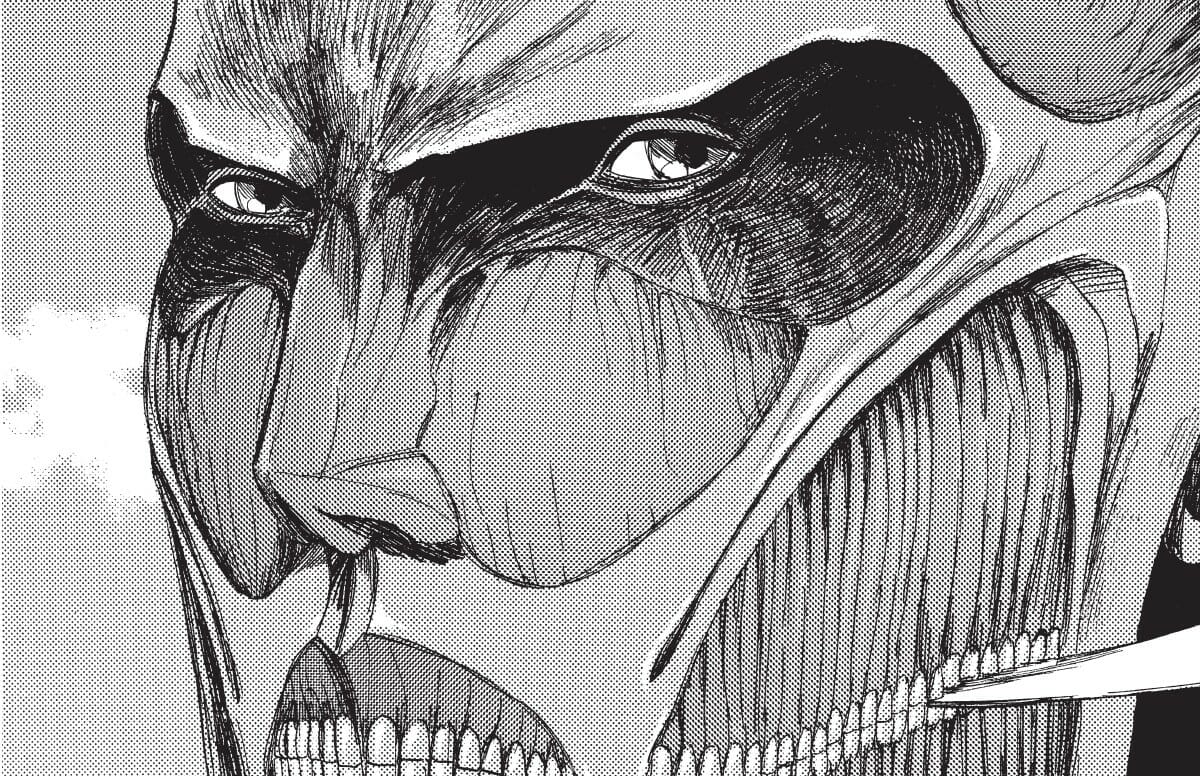
Squid Game | Rules, rage and revolution of the TV Rubik's cube
Creator
Director
Year
Country
Seasons
Runtime
Original language
Subgenre
Music by
Squid Game is a 2021 South Korean Netflix series. After the first month, two-thirds of its users all over the world (more than 142 million accounts) have seen it, and this fact sets two records at once. It makes it the most-watched series of all time and turns it into a mainstream cultural phenomenon.
456 people who had trouble with justice and incurred debts have the chance to redeem themselves. They can compete against each other in 6 revisited children’s games, for a cash prize of 39 million dollars. But in this game, losing means dying.
Red light, green light: the rules
Squid Game is the TV version of a Rubik’s cube. Visually colorful, symbolically layered, and mentally electrifying. It’s an experience in the shape of a series, as fun to watch as a game itself. Its birth dates back to 2008, its initial name was supposed to be Round six, and its origins are the ones of a movie. But despite all changes, it has equally reached the initial goal. As the creator and director Hwang Dong-hyuk said to Korea Times, in fact:
The most Korean is the most universal. BTS, PSY and director Bong Joon-ho have already proved that. Korea’s old children’s games, which were used in my series, are simple and old, but I saw the potential to make them appealing worldwide.
Following a protocol is the right way to solve a Rubik’s cube. Knowing when and how to make a move is essential, together with being patient and trusting your instinct along the road. All the characters in Squid Game, in order to survive, act accordingly.
Both colors and geometry are functional to set the rules: square, round, and triangle recall the borders of the squid game’s battleground and the PlayStation joystick’s buttons. But they also identify a hierarchy among guards (dressed in red uniforms), while numbers from 1 to 456 indicate players (dressed in green tracksuits). For all participants, this game is a second chance in life. Therefore, there’s equal treatment for all and any kind of privilege will be punished.


Dalgona biscuit: the sound
Under the surface of a story about revenge, death and capitalism lie constant reminiscences of childhood – the opening scene itself is a protagonist’s old memory. The music of Jae-il Jung (oscar-winning composer of Parasite, Okja, and Haemoo) underlines this link creating a captivating mix. There’s classical, contrasting music, like Haydn’s Trumpet Concerto and Strauss’s Blue Danube waltz. And then an opposite gritty mix of flute, guitar, and percussions filled with electronic hues for the main theme.
Tug-of-war: the inspiration
Like the house in Parasite, Squid Game‘s surreal setting conveys fear and the feeling of being constantly under attack. Here, bunkbeds inhabit a huge, cold space where pictograms on the walls allude to the games themselves and are gradually uncovered as the story progresses. While the iconic, maze-like architecture of the stairs is a visual representation of climbing the social scale. M.C. Escher’s Relativity lithograph inspired it in terms of architecture, while a candy-playground color palette helps the connection to childhood.
In this dystopic, revisited prison every word is a threat, every space is an arena, and every challenge a deadly fight. A tournament structure that comes from the real world (gladiators in ancient Rome), and then applied to movies like Hunger Games, Alice in Borderland, and Saw – turning into a cathartic on-screen experience for the audience.
Moreover, the show looks like the crasis of two other Japanese products. From Battle Royale – dated 2000 – comes the idea of numbing the players with gas and moving them to an island, the use of classical music (Radetzky and Strauss), and the presence of spectators. Takeshi’s Castle instead, with its 140 episodes, was a TV program from the ’80s that changed the game format for good – thanks to a big production, a final jackpot, and real people used as pawns. Squid Game‘s first challenge against a giant doll looks a lot like the desperate final run to conquer the castle.
Marbles: the connection
During the second episode, there’s a crossroads. Whether it is a coercive system, players can decide to either accept the rules and go on with the game, or vote to end it and come back home. This space for free will is limited and somehow influenced by desperation, but nonetheless an unexpected tool for plot development. Characters have to choose between two possible defeats: one means death, the other one the return to poverty.
Squid Game‘s ace in the sleeve is the aware self-portrait of an Eastern country that has more Western influences than any other. Many were curious, but only a few expected this kind of twisted fun to go down such a crazy road. Cornell University‘s website has studied the show following the zero-sum concept and math matrixes. But now it has also become a new Halloween inspiration, a pop-up playground in Korea, and even a viral YouTube video where the players are hamsters.
The glass bridge: the rage
In becoming a cultural phenomenon – especially through social media – many people have picked on the show as dangerous. Although aesthetically harmless, it’s a story about social inequalities, gambling, greed, and violence. It was rated 15+ on Netflix, but many children have already seen it or heard of it on TikTok and then re-enacted it at school, forcing many countries to run for cover.
Are there teenagers or young adults in your life? Ask them about Squid Game. They’ve probably watched it. They’ve quite possibly loved it. And that terrifies me.
Frank Bruni – “Why The Popularity of Squid Game terrifies me“
If it all looks somehow familiar, it may be because of a long-time debate on whether or not video games are harmful to children. But another viral consequence has captivated adults as well, raising a similar issue. Following the series release, a play-to-earn cryptocurrency called “SQUID” had been launched on the market: in less than a week, its value grew from 1 cent to $2,856 and then collapsed shortly after, resulting in an apparent scam.
Squid game: the revolution
At that moment, I felt as if I owned the entire world, exhilarated.
Seong Gi-hun in Squid Game
Success is a powerful lens to analyze humanity. The appeal and impact of Squid Game in contemporary society are undeniable. And the show has multiple strong points: the acting is effective and the cinematography is solid. Plus, the “Gganbu” episode – which marks an emotional climax in the story – works well as a standalone unit in terms of characters’ inner conflict and universal, although didascalic, human dynamics.
But it also feels longer than needed, as if all the scenes in between games were just redundant and water-down breaks inside a Black Mirror long special. The representation of rich tycoons looks artificial, and their dialogues are inconsistent, together with a final shift in the genre that softens the storyline and is unable to avoid clichés.
Watching Squid Game means living hours of entertainment. But once the game is over – and the Rubik’s cube has finally been solved – it’s hard to understand in which way the real world and the viewer’s eye have changed.
On December 26, 2024, after three years, the seven episodes of the second season will bring audiences back into the ruthless world of Squid Game, ahead of the final chapter set for release on June 27, 2025.
Tag
Buy a ☕ for Hypercritic







